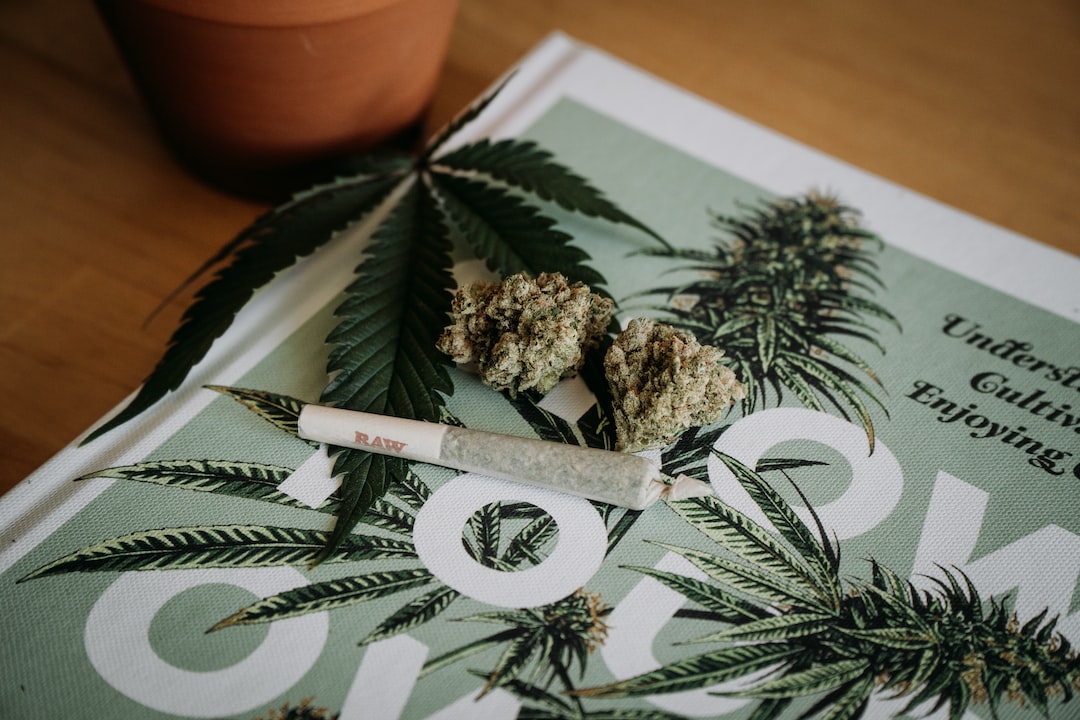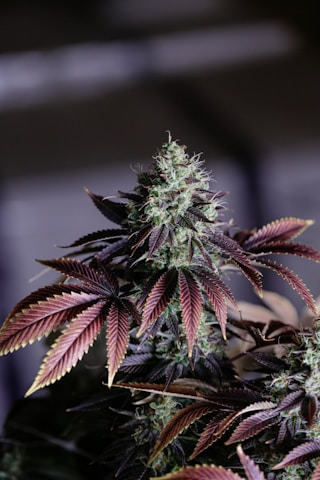
Our goal in this blog post is simple: to share expert advice and tips on creating the perfect grow space. We’ll cover everything from planning and essential equipment to ongoing care and maintenance. So, kick back, spark up, and let’s dive into the world of cannabis cultivation!
I. Planning Your Space
Before you start growing cannabis, you need a plan. Good planning is key to a successful grow operation. Let’s break it down.
A. Evaluating the Available Space and Determining the Size of Your Grow Operation
First, assess your available space. It’s important to choose a location that can accommodate your plants’ growth. Keep in mind that cannabis plants can triple in size during the flowering stage. Make sure you have enough room for both your plants and the necessary equipment.
B. Choosing Between Indoor and Outdoor Cultivation
Indoors or outdoors? Each option has its pros and cons. Indoor cultivation offers more control over the environment, allowing for higher-quality buds and multiple harvests per year. On the other hand, outdoor cultivation is more cost-effective and can produce larger yields. Your choice will depend on your budget, location, and personal preferences.
Read: Indoor cannabis grow guide or Advantages of growing cannabis outdoors
C. Understanding the Legal Restrictions and Requirements in Your Area
It’s crucial to know the laws in your area. Some states and countries have strict regulations on cannabis cultivation, while others may allow limited personal use. Familiarize yourself with local laws to avoid potential legal issues. Remember, we’re all for enjoying cannabis, but staying on the right side of the law is essential!
II. Essential Equipment and Supplies
Now that you’ve planned your space, it’s time to gather the right equipment. Here’s what you’ll need:
A. Lighting: LED, HPS, or MH?
Lighting is crucial for cannabis growth. The three main options are LED, HPS, and MH. LED lights are energy-efficient, long-lasting, and produce less heat. HPS lights are powerful and great for the flowering stage but generate more heat. MH lights are ideal for the vegetative stage but less efficient. Weigh the pros and cons to find the best fit for your grow space.
Read: Guide to LED lights for growing cannabis
B. Ventilation and Air Circulation Systems
A well-ventilated space is vital. Proper air circulation prevents mold, pests, and stagnant air. Invest in a good exhaust fan and air filter to keep your plants happy and healthy. Don’t forget oscillating fans for air movement within the grow space.
C. Soil and Nutrient Selection for Optimal Growth
Choose the right soil and nutrients for your plants. Organic soil with proper drainage and aeration is essential. Look for nutrient-rich mixes designed specifically for cannabis. Don’t skimp on quality – your plants will thank you!
D. Containers and Growing Medium Options
Finally, consider your container and growing medium options. Fabric pots and air pots promote healthy root growth. Choose a size that accommodates your plants’ eventual size. As for growing mediums, there’s soil, coco coir, and hydroponics. Research each option and decide what works best for you and your plants.
III. Creating the Ideal Environment
Now that you’ve got your equipment, it’s time to create the perfect environment for your plants. Let’s explore the essentials.
A. Temperature and Humidity Control
Temperature and humidity play a big role in cannabis growth. Aim for temperatures between 70-85°F (21-29°C) during the vegetative stage and 65-80°F (18-26°C) during the flowering stage. As for humidity, keep it around 40-60% for vegging and 40-50% for flowering. Use a thermometer and hygrometer to monitor these factors closely.
Read: Managing your cannabis plant temperature
B. Pest and Disease Management Strategies
Pests and diseases can ruin a cannabis crop. Prevention is key. Practice good hygiene, inspect your plants regularly, and use organic pest control methods. If an issue arises, act fast to minimize damage.
C. Maximizing Space Utilization with Vertical Growing and Training Techniques
Maximize your space with vertical growing and plant training techniques. Vertical growing systems use shelves or stacked containers to save space and increase yield. Training techniques like low-stress training (LST), high-stress training (HST), and Screen of Green (ScrOG) can also boost yield and make the most of limited space. Do some research and get creative with your grow!
IV. Seed Selection and Germination
Now, let’s talk seeds. Seed selection and germination are crucial steps in your cannabis cultivation journey.
A. Choosing the Right Strain for Your Goals and Environment
First, pick the right strain for your goals and environment. Are you looking for a high-THC or high-CBD strain? Do you prefer indica, sativa, or a hybrid? Consider factors like climate, grow space, and flowering time. Research different strains and find the perfect match for your needs.
B. Understanding the Differences Between Regular, Feminized, and Autoflowering Seeds
Next, understand the different types of seeds. Regular seeds produce both male and female plants. Feminized seeds yield only female plants, which produce buds. Autoflowering seeds are easy to grow and have a short life cycle. Each type has its pros and cons, so choose what works best for you.
C. Proper Seed Germination Techniques for Successful Sprouting
Finally, germinate your seeds properly. Use the paper towel method, place seeds in a glass of water, or plant them directly in the growing medium. Keep the environment warm and moist. Be patient – good things come to those who wait!
V. Ongoing Care and Maintenance
Once your seeds have sprouted, it’s time for ongoing care and maintenance. Here’s how to keep your plants thriving:
A. Watering Schedules and Techniques for Healthy Plants
Watering is essential for healthy plants. Overwatering and underwatering can both harm your plants. Find the right balance – allow the soil to dry out slightly between waterings. Water gently and evenly, avoiding the plant’s foliage. Stick to a regular schedule and adjust as needed based on your plants’ growth stages and environment.
B. Nutrient Management and Feeding Schedules
Nutrient management is crucial for a successful harvest. Start with a base nutrient formula and add supplements as needed. Follow the manufacturer’s recommendations and adjust based on your plants’ needs. Keep an eye out for nutrient deficiencies or toxicities and address them promptly.
C. Pruning and Training for Increased Yields
Pruning and training can significantly boost your yields. Remove dead or damaged leaves and branches to improve air circulation and light penetration. Use techniques like topping, low-stress training, and Screen of Green to shape your plants and promote growth. It’s all about finding what works best for your grow space and plants.
Read: Enhance cannabis yield through proper pruning techniques.
VI. Harvesting, Drying, and Curing
You’ve made it to the final stretch! Let’s talk about harvesting, drying, and curing your precious buds.
A. Recognizing the Signs of Readiness for Harvest
Timing is everything when it comes to harvesting. Look for signs of readiness, like when most of the pistils have changed color and the trichomes are cloudy or amber. Use a magnifying glass to inspect trichomes closely. Patience is key – don’t rush the process!
B. Proper Harvesting Techniques for Optimal Quality
When it’s time to harvest, use clean, sharp scissors to cut branches or individual buds. Be gentle to avoid damaging your precious cargo. Work in small sections and keep your workspace clean and organized. Remember, quality over quantity!
C. Drying and Curing Methods for the Best Flavor and Potency
Finally, the drying and curing process. Hang your buds upside down in a dark, well-ventilated space with a temperature between 60-70°F (15-21°C) and humidity around 50%. Allow them to dry for 7-14 days. Once dry, trim your buds and place them in airtight containers. Open the containers daily to release moisture and prevent mold. Cure your buds for at least two weeks, but the longer, the better. Proper curing enhances flavor, potency, and the overall smoking experience. Enjoy the fruits of your labor!
VII. Conclusion
Congratulations, you’ve completed our crash course on creating a successful cannabis cultivation space! Remember, ongoing learning and experimentation are essential for any grower. Stay curious and adapt your methods as you gain experience.
We encourage you to share your own tips and experiences in the comments section below. Let’s keep the conversation going and help each other grow the best cannabis possible.







